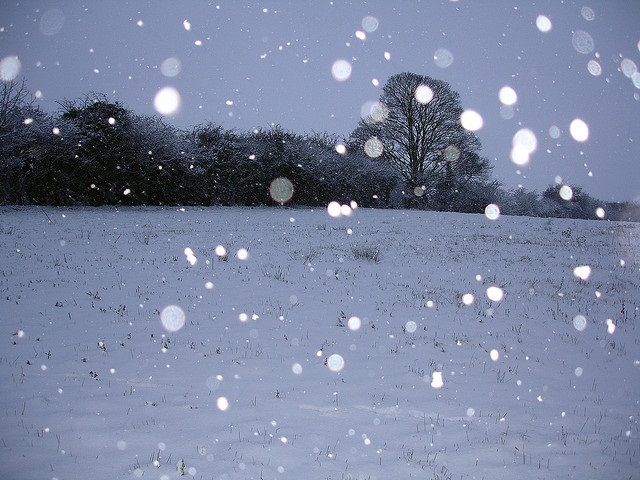Team:Mexico-UNAM-CINVESTAV/Project/Antifreeze Protein
From 2010.igem.org
Antifreeze proteins (AFPs) refer to a class of polypeptides, with a polyphyletic ancestry, produced by certain animals (like insects and fishes), plants and fungi that allow them to survive in freezing environments and to help them in maintain the body fluidity.
(Simulation)
The sea water in cold region is freeze at -1.9C owing to dissolved solutes. To the animals don’t freeze at this temperatures, their blood must have lower freezing point. The quality of the AFPs to decrease freezing point is not caused number of solute molecules. Instead of this AFP’s bind to small ice crystals surfaces to inhibit growth and recrystallization of ice in the cell membranes that would be fatal in animals
There are many types of AFPs synthesize by different organisms:
Type I AFP.
• Found in winter flounder, longhorn sculpin and shorthorn sculpin.
Type I-hyp AFP (where hyp stands for hyperactive)
• Found in righteye flounders.
Type III AFP
• Found in Antarctic eelpout.
Type IV AFPs
• Are found in longhorn sculpins.
Type V AFP
• Are the hyperactive AFPs found in insects
Plant AFP
• They have much weaker thermal hysteresis activity when compared to other AFPs.
AFP`s possesses the ability to bind to the ice crystals surface, inhibiting the formation of ice. The growing ice surface becomes energetically unfavorable for further absorption of water molecules proportionately with the surface curvature, leading to the termination of ice growth. This AFP-induced inhibition of ice crystal growth can be detected macroscopically as a depression in the freezing temperature (Tf) of the solution without alteration of the melting temperature (Tm) ([Tf –Tm]). This is called thermal hysteresis. (Chattopadhyay; 2007) (Davies and Hew; 1990)
Various processes are involved in the formation of solid phase of the water, among others, the interaction between ions or molecules leads to the formation of nucleus. The nucleation is the formation of the new centers from which spontaneous growth can occur; this processes determines the size and distribution of produced crystals. Large crystals may eventually be formed from fine crystals by a process called ripening.There are a lot of ions and other particles Inside the cells. So when the temperature decreases the nucleation process arise in the cytoplasm.
Chattopadhyay M. K; (2007); Antifreeze Proteins of Bacteria; Resonance p 25-30[1]
Davies, Peter L. and Hew, Choy L.; (1990); Biochemistry of fish antifreeze proteins; The FASEB journal; Vol. 4 p 2460-2468[2]
 "
"






